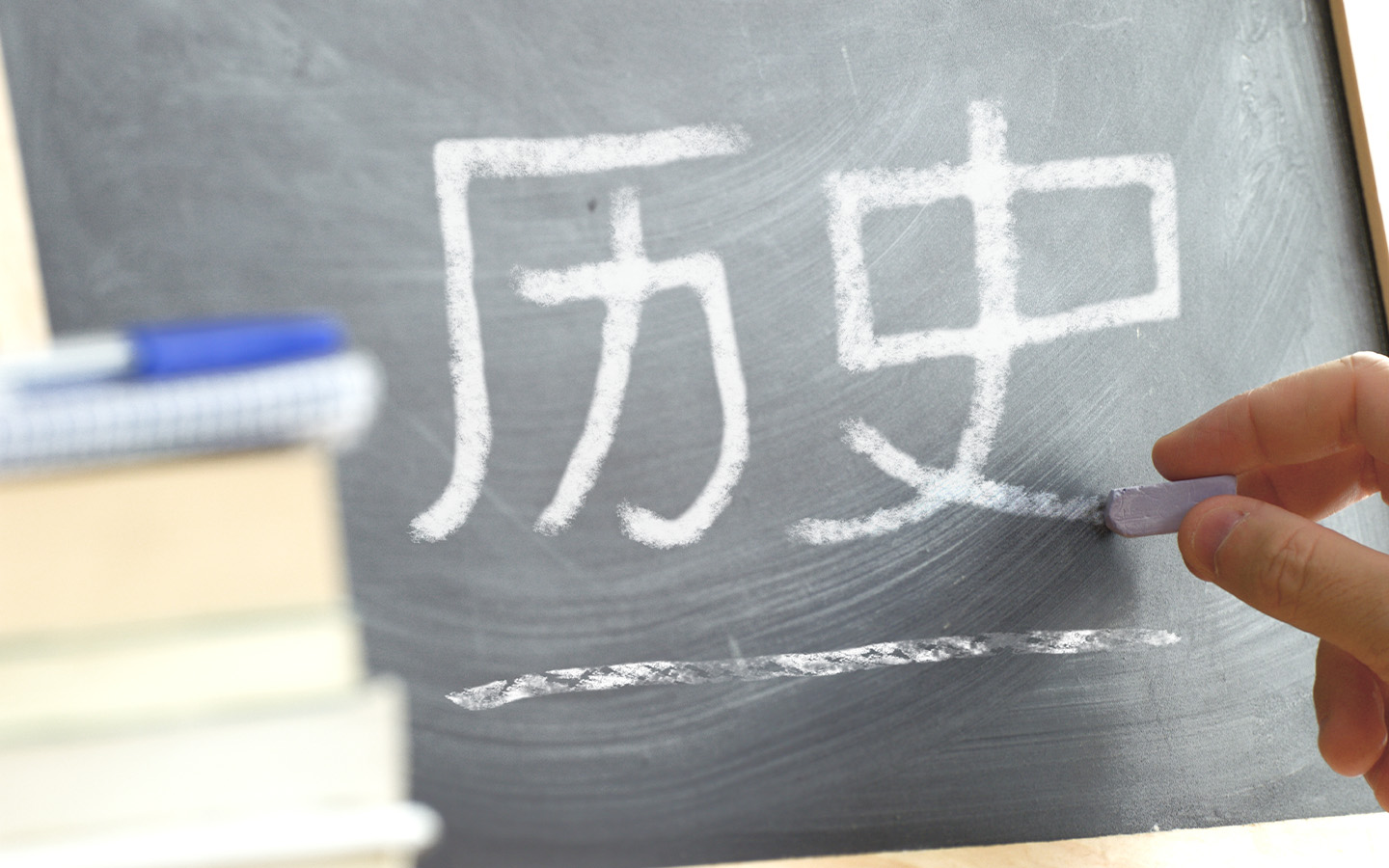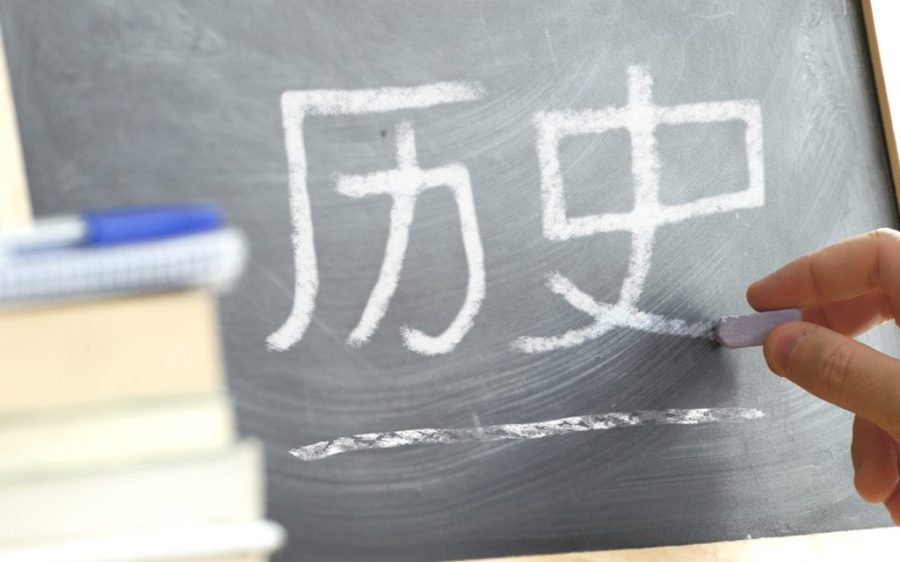The debate over whether or not Macao should continue using the traditional Chinese writing system, or switch over to mainland China’s simplified orthography, is a longstanding one that can sometimes hit a raw nerve.
In May 2012, tensions ran high when a photo began circulating online of a McDonald’s under renovation in the Fai Chi Kei district. Restaurant signage in traditional characters was being replaced with a simplified character version – and a social media storm erupted. The construction firm responsible for the renovations later issued an apology and returned the traditional signage, stating that tight deadlines had forced them to resort to the expediency of simplified characters.
More recently, strong sentiments flared up again when Sacred Heart Canossian College’s Chinese section announced this June that it planned to switch its Chinese language textbooks to ones with simplified characters for the 2024 to 2025 academic year. The decision was met with disdain by a group of parents who penned an open letter to the head of Macao’s education bureau, arguing for the need to preserve Macao’s long history of using traditional characters.
[See more: ‘X也’ and ‘Ta’: The gradual rise of gender-neutral pronouns in Chinese]
They also cited dispatches issued by the secretary for social affairs and culture that required students from primary to senior high to be able to “correctly use traditional characters.” Eventually, the school compromised by reverting to the traditional character textbooks for language classes, although it signalled that it would continue to promote simplified characters in other subjects.
Clearly, the traditional and simplified debate remains a heated one locally, often overlapping with issues of identity and politics. But it is by no means limited to Macao.
How did China develop its writing system of simplified characters?
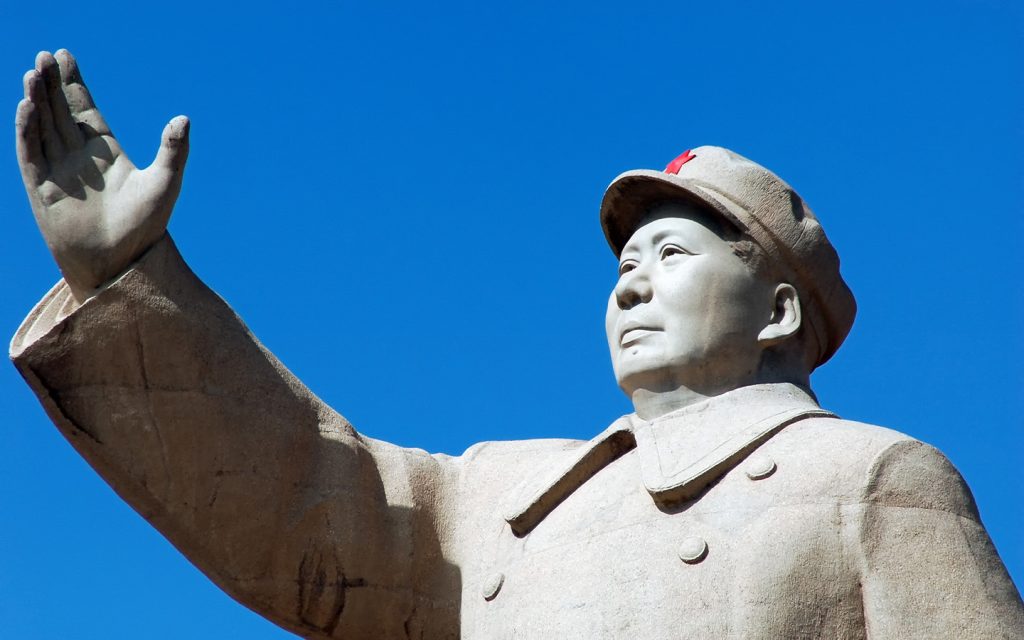
Simplified characters were successfully introduced in mainland China after the establishment of the People’s Republic of China (PRC) in 1949. According to David Moser, a sinologist and author of A Billion Voices: China’s Search for a Common Language, one of Mao’s language policy goals had been to “eliminate the characters altogether because there was evidence that they were a threat to literacy” due to their difficulty and the extensive amount of time required to learn them.
However, Mao found that there was strong opposition to the complete removal of the characters, with Moser noting that “it would have been too much of a shock to the culture and educational system.” The Chinese leader thus compromised by replacing a substantial number of the pre-existing traditional Chinese characters with simplified ones that required fewer strokes. A romanization system known as pinyin was also introduced to help promote the use of standard Mandarin as the national lingua franca in parts of the country where it was not spoken.
Mao was not the first individual in modern Chinese history to suggest reforming the country’s ancient writing system. Linguist Qian Xuantong, for instance, played a key role by introducing a list of 324 simplified characters in 1935 that would have been made official by the Nationalist government had not conservative elements within the Kuomintang caused the idea to be postponed indefinitely.
The first list of 515 simplified Chinese characters was eventually introduced in 1956 followed by a revised list of 2,236 simplified characters in 1964. Although there were later revisions, the latter list comprises simplified characters that are still used in mainland China today.
[See more: The Internet asked, ‘Is it Macau or Macao?’ and we answered]
A second round of Chinese character simplification was also attempted 1977, although the plan was ultimately dropped, with Moser noting that people revolted against these revised characters, as “they were much more drastic and much more shocking to the public and the educational system [than the previous simplifications].”
Neither Macao nor Hong Kong were affected by these mainland policies, as both cities were still under the respective administrations of Portugal and the UK, and persisted with the use of traditional characters. Although the two cities have since been retroceded to the mainland, their traditional orthography has been permitted to continue under the “One Country, Two Systems” policy.
Likewise, when the Nationalist government fled to Taiwan in the aftermath of losing the Chinese Civil War in 1949, the island also continued to employ the traditional script. Such characters are also standard in many overseas Chinese communities, where many of the members are migrants from Hong Kong, Taiwan or Macao.
What are the benefits of using simplified Chinese characters?

Although traditional characters remain the dominant script in Macao, the existence of the simplified system in the city cannot be ignored. Its presence in the SAR is perhaps most evident in the various casinos, hotels and restaurants, which feature signs, menus and advertisements in simplified characters, so as to cater to Macao’s massive mainland tourist market.
In terms of writing, the simplified script also holds a number of practical advantages over its traditional counterpart.
“Simplified characters are more economical,“ says Moser. “It is estimated that the streamlining yields a reduction of about 12.5 percent in the average number of strokes for the 2,000 most common characters: 12.5 percent doesn’t sound like much, but if you’re writing every day and you’re writing the same character over and over again, it does add up.”
[See more: A guide to international schools in Macao]
For instance, the traditional characters for the phrase “how many” (jǐ ge: 幾個) require a total of 22 strokes, whereas their simplified equivalents (几个) need only 5 strokes to write. The simplified versions of other common characters such as huì (will: 會 vs 会) and xué (learn: 學 vs 学) also require considerably less strokes in comparison to their traditional counterparts.
As well, simplified characters can sometimes be easier to read. Moser points out that “some of the traditional characters are so complex that on the printed texts, they could become quite blurry or confusing because if the font is too small, then all you see is a glob of strokes.”
Can traditional characters function as a link to China’s past?
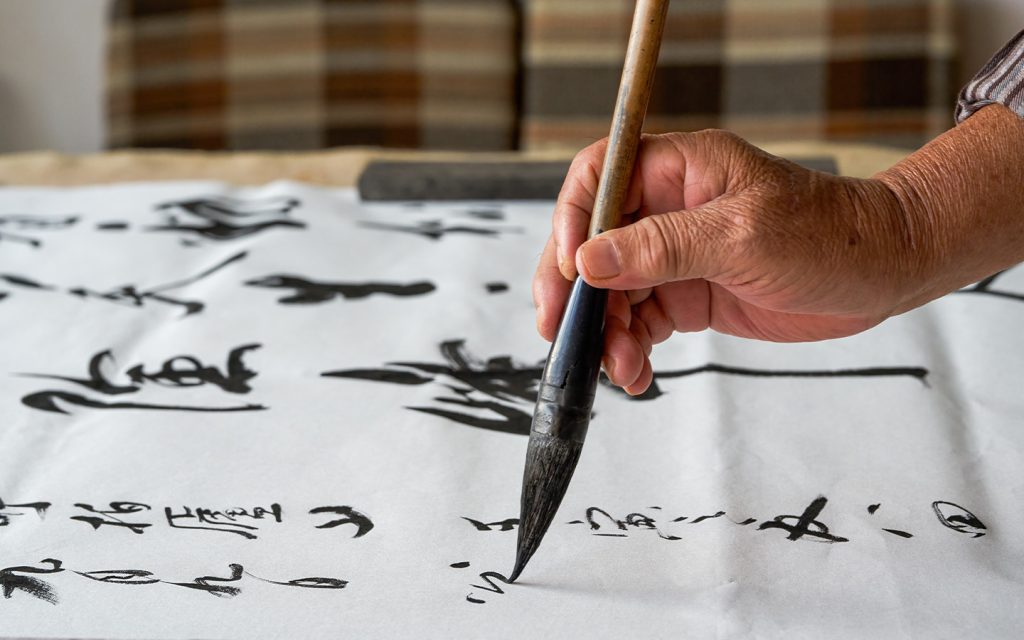
The practicality of simplified characters is acknowledged by Tang Fong Ieng, a secondary Chinese teacher at Macau Anglican College (MAC) who teaches using traditional characters. Tang points out that there is no one size fits all writing system, noting that both have their pros and cons, but she says the traditional system “can better reflect the deep historical significance of Chinese culture and the structure of Chinese characters.”
Proponents of traditional characters stand by the belief that the traditional orthography is more beautiful and that it can convey moral truths to students that the simplified characters are unable to. One example is the traditional character for “love” (ài:愛), which features a “heart” radical (xīn: 心) in the centre, unlike its simplified counterpart (爱), which uses a “friend” radical (yǒu: 友) instead. Traditionalists thus argue that the simplified version of characters such as “love” convey the wrong idea about these fundamental concepts to students.
The validity of such arguments is open to debate, with Moser pointing out that many of them are subjective, originating from a place of cultural or nostalgic yearning rather than one founded on a scientific or statistical basis.
Take for instance the view about traditional Chinese characters being a source of cultural continuity to 5,000 years of Chinese history. The fact of the matter is, the traditional Chinese characters themselves gradually evolved from the oracle bone pictograms of the Shang Dynasty (circa 1600 to 1450 BCE).
[See more: On World Book Day, here are some of the best Chinese books about Macao]
“It’s kind of a fantasy to think that Chinese characters were always in this shape and form since the dawn of the writing of characters,” says Moser. “At which point do you say, aha, this is the real origins of Chinese writing?”
To muddy the waters even further, not all the simplified characters are novel, as the vast majority of the ones on the first simplified list were already being used by Chinese people in the past as shorthands for their more complicated counterparts.
Furthermore, the direct link between traditional characters and China’s written cultural heritage is somewhat tenuous, as the ability to read and write traditional characters does not automatically give one the capacity to enjoy ancient Chinese texts, since classical Chinese has substantially different grammar rules from modern day written vernacular Chinese. It also features many characters that do not necessarily share the same meaning as their contemporary Chinese versions.
At the same time, Moser concedes that traditional characters have been the main script used in historic Chinese documents, steles and calligraphy. The sinologist says “If you learn calligraphy in the PRC, what you’re going to be writing are the traditional characters, not the simplified characters because nobody in the art of calligraphy thinks that the simplified characters are appropriate.”
What about using simplified Chinese characters in education?
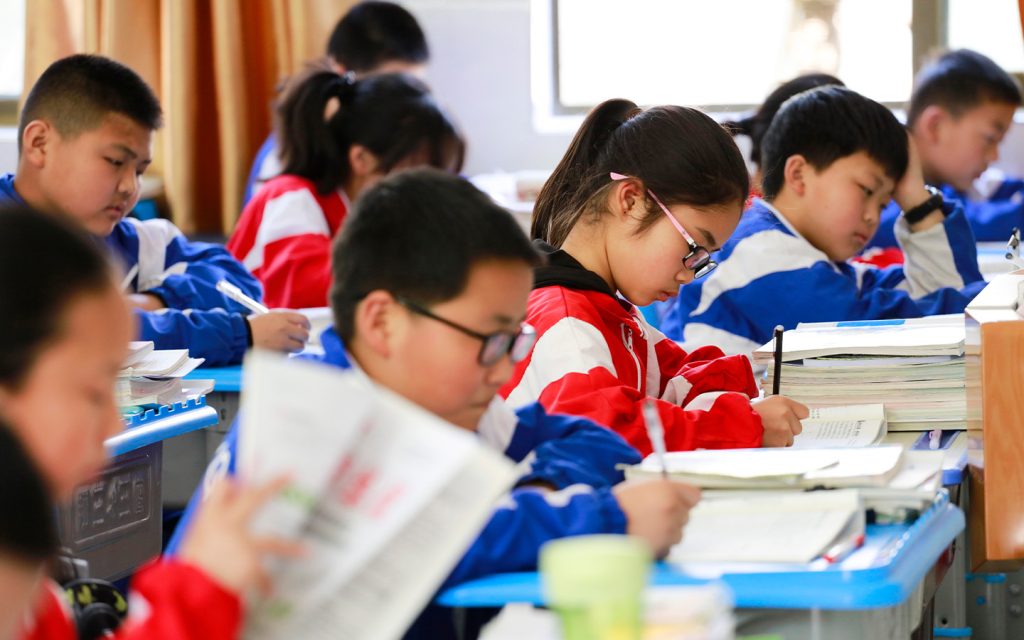
In Macao, there are many contending views on which system of Chinese characters should be taught. Jonathan Hin Kit Man, a Macao resident whose daughter graduated from the International School of Macao, says that it should be up to the parents to decide, although he personally prefers traditional characters as he grew up using them and believes that they are more aesthetically pleasing. He notes that parents can choose from different schools in Macao such as Hou Kong Middle School, where there is greater emphasis on the use of simplified characters, or Sacred Heart Canossian College, which evenly divides its teaching between the simplified and traditional scripts.
Macau Anglican College’s Tang holds a diplomatic view, noting that “from a teacher’s point of view, the shift from traditional to simplified characters involves a wide range of factors, so it is best to first reach a consensus with the parents and students.” She also believes that the continued use of traditional characters can have a positive impact on Macao’s cultural identity, given their long history in the city, but concedes that their preservation “does not mean rejecting the learning of simplified characters, especially in the bigger context of Macao’s active integration into China’s national development.”
Moser, on the other hand, maintains that it is “a bad idea to try to teach [writing in] both simplified and traditional characters in the educational system because the burden is already so high on the poor kids.” He does, however, suggest the possibility of introducing one of the other character sets in the high school reading curricula.
[See more: Local organisations call for more Portuguese language promotion]
“Most Chinese, including the Chinese diaspora and the people in Macao and Hong Kong, are going to have to at least have a passive understanding of both systems to some extent because they are going to encounter texts that are in one or the other,” the academic points out. For example, he mentions that those conducting business in the mainland and other parts of China will need to recognise the characters in both systems, while scholars reading texts from imperial China will require knowledge of traditional characters.
Tertiary education, meanwhile, requires another approach, with Moser arguing that higher education institutions should offer both systems for students to choose from, so that they can pick based on their career goals. He cites the example of CET, a study initiative that he is affiliated with, which has a program at the Taiwan National University where students can pick either simplified or traditional characters.
The future of Chinese simplified and traditional characters

One of the major oversights of the current traditional versus simplified characters debate is the impact that technology is having on writing Chinese. With the widespread adoption of computers and smartphones, fewer Chinese people are regularly writing characters by hand on a daily basis, but are insteading using digital input methods such as pinyin and Bopomofo (Zhuyin Fuhao), which allow for characters to be seamlessly inputted in both the traditional and simplified scripts. As a result, traditional and simplified Chinese character users are experiencing the phenomenon known as “character amnesia” (tí bǐ wàng zì: 提筆忘字) in which they forget how to write characters for even ordinary words like “sneeze” (dǎ pēntì: 打喷嚏 vs 打噴嚏) or “smog” (wù mái: 雾霾 vs 霧霾).
Moser also states that the digitalisation of the Chinese writing system has meant that the education system in China has started to shift the focus away from handwriting and having students reproduce all the characters that they are otherwise able to read.
Undoubtedly, the continued trend towards the digital input of characters will shake up the ongoing arguments over traditional and simplified characters, with Moser stating that it will make the debate “a less important issue.”
[See more: The Finnish line: New approaches to education at Macao’s Generations International School]
As for the continued use of traditional characters outside the mainland, the academic says he doesn’t foresee a switch to the simplified systems in the near future, as Macao and Hong Kong are still given autonomy in terms of their education policies and writing system.
Doubtless, the debate will continue to rage on, not only in the SARs, but also in mainland China where a number of members from the National People’s Party’s Congress and Chinese Political Consultative Conference members have called for the reinstatement of traditional characters over the past decade or so.
In the end, the focus in Chinese language education should perhaps not revolve so much around the script itself. As Moser notes, the characters are often represented as a “mysterious and beautiful” form of writing with “awesome semantic power,” when in reality, they objectively constitute a writing system that serves a communicative function no different from the alphabet. Instead, the sinologist says the attention should be on what really matters most: speaking, listening, and having “students [be] able to talk and understand.”
